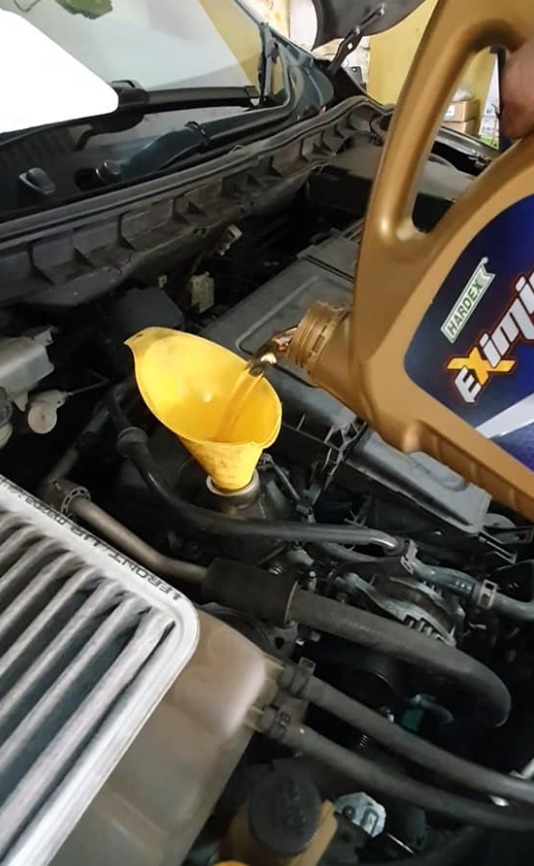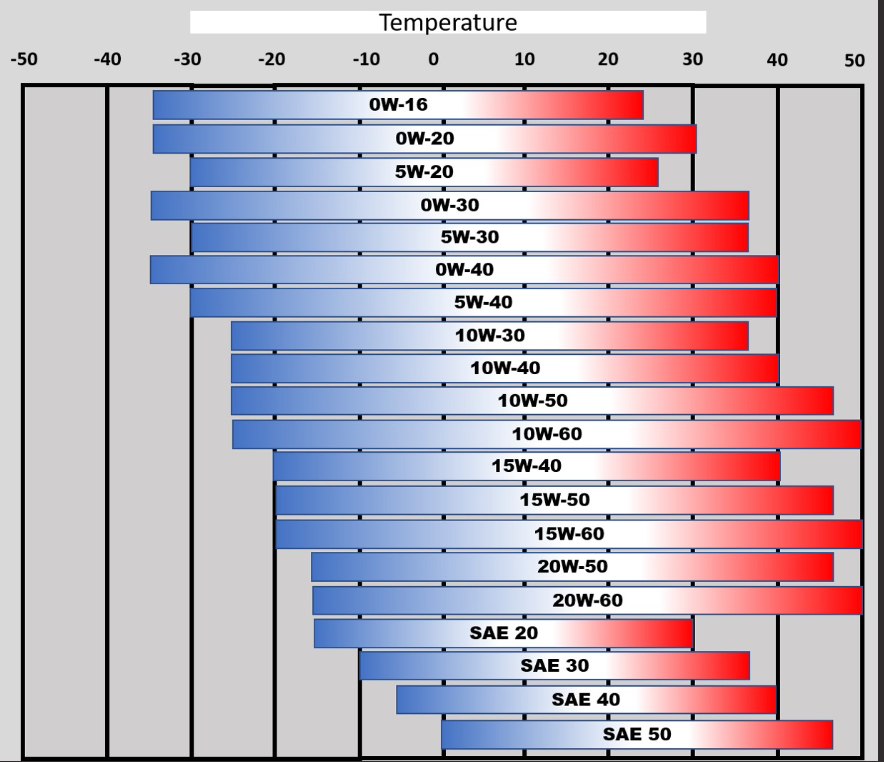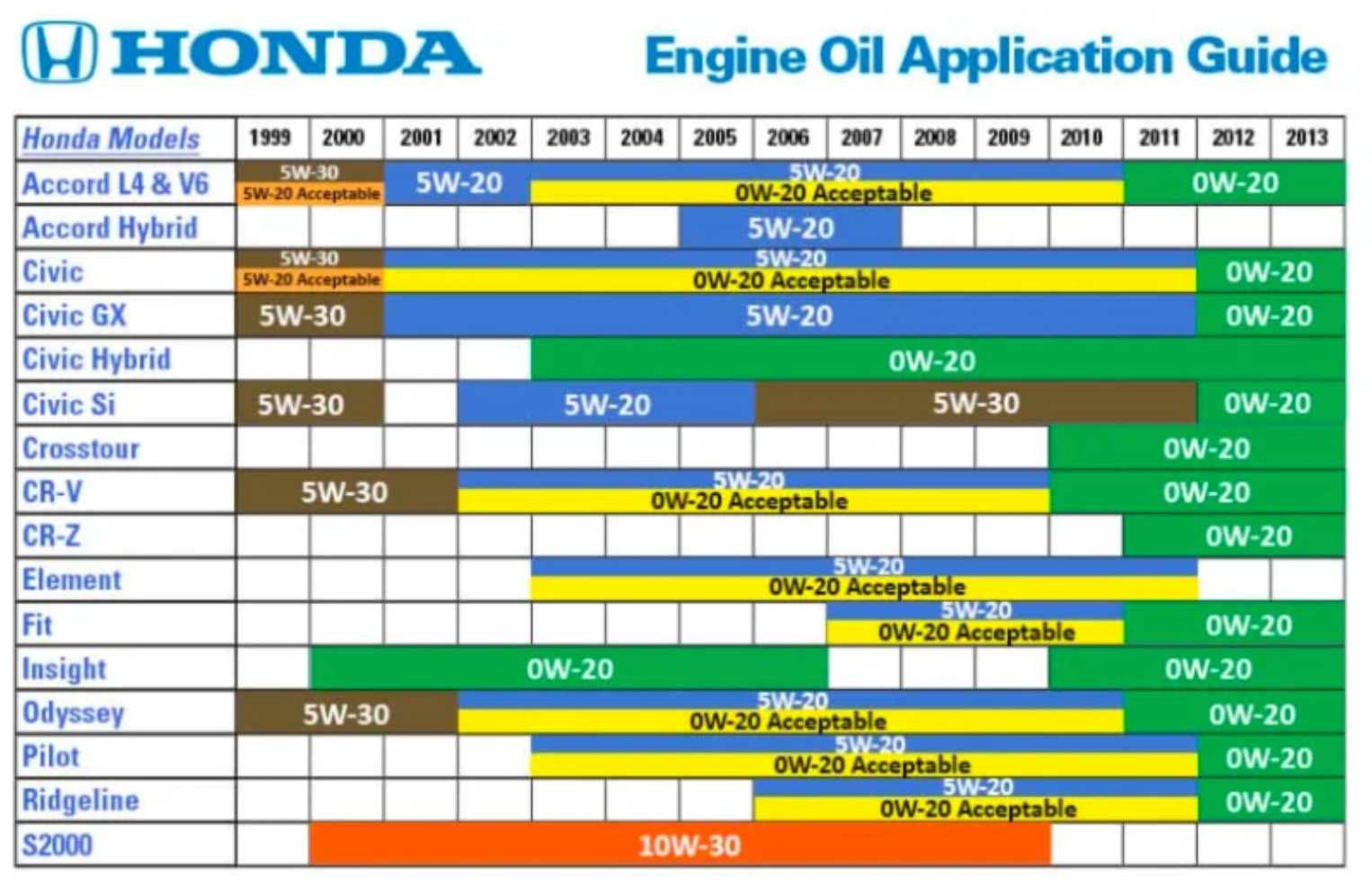Learn Whether You Can Use 5W30 Instead of 5W20
Yes, using a slightly different viscosity like 5W-30 instead of 5W-20 may work temporarily, but it’s ideal to follow the manual for the long run. Newer engines depend on the precise oil viscosity grade to balance protection and fuel efficiency, especially models with variable valve timing. While it seems minor, the viscosity difference matters. You can likely get by with slightly thicker 5W-30 short-term if needed, but don’t make it the norm. For some engines, the manual lists 5W-30 as acceptable, so check if yours does. However, to be safest and prevent issues over time, use the manufacturer’s 5W-20 spec when you can. The engineering is tailored to that grade, so it’s the best bet for smooth operation.
Changing your engine’s oil can feel overwhelming with the wide variety of grades available. You want to care for your vehicle properly, but can you safely use 5w30 oil as an alternative to the recommended 5w20? What exactly sets these two apart? While it may seem risky to switch viscosities, the reality is more nuanced.
In this guide, we’ll explore if substituting 5w30 for 5w20 oil will work for your engine or cause problems.

- 5W20 oil is thinner than 5W30 oil and recommended for newer, high efficiency engines with tight tolerances.
- 5W30 oil can provide more protection at high temperatures, but may slightly reduce fuel economy compared to 5W20.
- For older engines, especially in hot climates, 5W30 oil may help prevent wear better than 5W20.
- Switching from 5W20 to a thicker 5W30 oil temporarily likely won’t damage your engine, but constant use of the wrong viscosity could cause problems over time.
- Mixing 5W20 and 5W30 from the same manufacturer is usually safe, though large differences in viscosity may affect lubrication.
- Check your owner’s manual for the recommended oil viscosity. Using that grade provides optimal efficiency and engine life.
5W20 vs 5W30 Oil
The difference between the 5w20 and 5w30 oil is that 5w20 oil is thinner than 5w30. Although 5w30 oil is thicker and can provide more protection against friction at higher temperatures, if your vehicle manufacturer has strictly specified engine oil specifications, you should follow the rules.
A 5w30 will be too thick at operating temperature for the design intent of the engine. I would not recommend using heavier oil i.e. 5w30 instead of 5w20 if your vehicle’s manual recommends using 5w20.
If you do not use oil that meets the defined specification and viscosity grade, it could result in:
- Component damage that your vehicle warranty does not cover.
- Longer engine cranking periods.
- Increased emission levels.
- Reduced vehicle performance.
- Reduced fuel economy.
You can check my guide on the best 5w30 and 5w20 motor oils.
In Which Condition I Can Switch from 5W20 to 5W30
For higher mileage engines with increased clearances, you can switch from 5W20 to thicker 5W30 oil.
As engines run, the spaces between moving parts get bigger. Thicker oils can fill these gaps better.
The SAE chart shows what temperatures each oil handles best. If your area is hotter than what’s listed for 5W-20, 5W-30 is a good swap. It’s thicker to seal worn spaces but still flows well when cold.
New engines have tighter gaps. They don’t need thick oil unless it’s really hot out. After 100,000+ miles, looser fits benefit from more viscosity. So in older, high-mileage motors, 5W-30 is a smart substitute for 5W-20 in hot climates.
In the picture below, you can see that with the modern advancements in the engine i.e. efficiency and tolerances, vehicle manufacturers are moving towards using low viscosity grade oils.

In another picture below, you can see that Honda has also shifted from high viscosity grade oils to low viscosity grade oils for its vehicle models over the years.
What Does SAE 5w30 and 5w20 Mean?
The Society of Automotive Engineers (SAE) created a standard rating system for grading automotive lubricants. The numbers indicate the oil’s viscosity, or thickness.
Higher numbers signify thicker oils. In grades like 5W-20 and 5W-30, the ‘W’ stands for an oil’s cold viscosity rating at 32°F when first poured into a cold engine. The lower this cold rating, the better the oil flows to lubricate at frigid temps.
Thicker oils have higher viscosity grades, providing more protection against wear. So both 5W-20 and 5W-30 share the same cold viscosity rating of 5.
The number after the ‘W’ marks the hot viscosity grade, measured at 212°F when the engine warms up. For 5W-20 and 5W-30 oils, these hot ratings are 20 and 30. The higher this number, the thicker the warm oil and the more protection it offers at operating temperatures.
To learn more about multi-grade versus monograde oils, check out my guide comparing SAE30 and 10W-30. It explains how the dual ratings allow multi-grade oils to provide protection across a wide range of conditions.
Is 5w20 Oil Synthetic?
It depends on the brand. The 5w20 oils are either available as fully synthetic motor oil, or as a synthetic blend oil, also called semi-synthetic. 5w20 synthetic oil is formulated by a combination of refined hydrocarbons and additives.
The refined products are engineered to be more uniform and consistent so that your vehicle’s engine operates efficiently with the severe changes in the climate. This is because synthetics have a more stable viscosity than conventional oils.
Synthetic blend type of 5w20 motor oil is a mixture of synthetic and conventional base oils (refined hydrocarbons). They do not contain additives. In short, they are a low-cost version of fully synthetic motor oils. They protect better and last longer than conventional oil.
Since Modern synthetic blend and synthetic engine oil isn’t going to break down with heat and age like conventional oil. This is why thinner oil like 5w20 can lubricate and tolerate heat better than the old thicker conventional oil.
How 5w30 differs from 5w20?
5w20 is a lightweight oil that is designed to work with newer engines having tight tolerances and high efficiency. Both 5w30 and 5w20 are synthetic motor oils and have the same viscosity if the engine is operating at colder and freezing temperatures.
However, for warmer temperatures, 5w20 oil tends to be thinner compared to 5w30 as the viscosity grade of 5w20 for warmer temperatures is lesser than that of 5w30 oil.
Now, let’s consider the major differences between 5w30 and 5w20 engine oil in terms of different aspects.
Oil Operating Temperatures

The “5W” means the oil flows well in cold weather down to -35°C. The second number rates viscosity – how thick the oil is at normal engine temperature. Higher viscosity numbers mean thicker oil.
5W-30 oil is a bit thicker than 5W-20 when the engine gets hot. Around 40°C, the 5W-20 starts to get too thin. The 5W-30 does a better job of sealing gaps and preventing wear at high heat. This can make your engine last longer.
But thicker oil has some drawbacks too. It takes more effort for the engine to pump thicker oil. So 5W-30 may slightly reduce fuel economy compared to 5W-20. The difference is small though. Overall, 5W-30 gives the best protection for hot climates.
5w30 vs 5w20 for High Mileage
In several forums, people say that the use of 5W20 supposedly allows for a slight increase in mpg (miles per gallon), in addition to quicker oil flow on cold startup.
When a lesser amount of oil is in between the moving details of your motor, it will provide better performance due to low friction. As a result, the application of low viscosity engine oil leads to enhanced fuel efficiency.
Using 5w20 oil increases fuel mileage. But, if your vehicle is quite old and has covered over 120,000, 5w30 motor oil will be better. 5w30 will prevent older vehicles from engine wear due to grinding gears.
Also, switching from 5w20 to 5w30 oil for high mileage older vehicles will result in lesser oil consumption.
Used 5W30 by Accident in My 5W20 Car: Is It Serious?
A lot of cars today ask for thin 5W-20 oil. This light formula helps boost fuel savings. But sometimes 5W-30 gets used instead. That’s just a small step thicker. On a short-term basis, there’s no big issue with that minor viscosity change.
The main worries would be a tiny drop in gas mileage, or maybe some impact to variable valve timing. But one use of 5W-30 won’t break anything. You can keep driving like normal until your next oil change. No panic needed!
When it’s time to swap the oil, be sure to pour in fresh 5W-20. This lighter grade is what your owner’s manual specifies. An oil filter change at the same time is smart too. That will flush out the old 5W-30 completely.
Going forward, just stick with the 5W-20 viscosity stated for your vehicle. The differences between 5W-20 and 5W-30 are small when we’re talking one oil change. No sudden engine wear will happen. But for maximum efficiency and performance, the manufacturer recommendation rules.
So if you ended up with 5W-30 this time, no big deal. When that next change comes around, get back to the proper 5W-20 viscosity. Then keep following the manual to keep your ride running right.
Can You Mix 5w20 and 5w30 Motor Oils?
Yes, 5W20 and 5W30 motor oils can combine safely when from the same maker and meeting classifications. The resulting thickness lands between the two originals.
“5W” means resistance to temperature. Both start here so they act similar in winter. The second number shows summer heat behavior – 30 is thicker than 20 when hot.
So together they make a fluid that flows better than 5W30 alone but not as easily as straight 5W20. It’s the baby bear’s blend.
As long as within guidelines for the engine, blended oils cause no damage. Most engines tolerate small changes in oil viscosity. The focus is having enough pressure and lubrication in all weather.
Keep the brands and conventional or synthetic types the same so ingredients play nice. And mix less than a quart to start, or 50/50 ratio when required. Big proportion differences can impact slick slippery effects.
Is 5w30 A Compatible Oil Substitute For 5w20 In A Ford F-150?
It depends on the model of Ford 150. For instance, in the owner’s manual of Ford 150 3.5L, 5w20 synthetic blend motor oil is specified.
On the other hand, in the owner’s manual of Ford 150 3.5L Ecoboost, 5W-30 synthetic blend motor oil is specified.
Moreover, till 2020 models of Ford 150 5. 0L, the recommended motor oil is 5w20. From 2021, 5w30 motor oil is recommended for Ford 150 5. 0L.
Wrapping Up
In summary, while 5w30 and 5w20 motor oils have minor viscosity differences, manufacturers engineer engines for specific grades.
Using the owner’s manual recommended viscosity is ideal, though in some cases 5w30 can temporarily replace 5w20. However, 5w30 may slightly reduce fuel economy and performance.
Overall, the small variance between 5w30 and 5w20 is acceptable short-term in most engines, but constantly using the wrong weight risks potential engine issues.
For longevity and efficiency, use the manufacturer specified viscosity like 5w20, or alternate 5w30 if listed. Adhere to recommendations and rely on 5w30 only as a temporary substitute.
Some First Hand Experiences Shared By Users In Different Communities
Our team conducted research across various online communities, forums, and subreddits to gather user comments and opinions on “using 5w30 oil in place of of 5w20”.
User 1 says:
My 2014 Nissan Rogue has always had 5W20, but a mechanic suggested trying 5W30 for better engine protection. Did that for a couple of oil changes and honestly, no noticeable difference. No harm, but also no significant benefit.
User 2 says:
Own a 2016 Dodge Charger. Swapped to 5W30 for a bit more engine protection, as I often push the car hard. Felt like the engine ran a bit smoother, especially at high RPMs. No downsides observed so far.
User 3 says:
In my Mazda CX-5, used 5W30 once when 5W20 wasn’t available. The engine seemed a tad quieter, especially in traffic. But, I did notice a small dip in acceleration responsiveness. Not a big deal, but I prefer the recommended 5W20.

